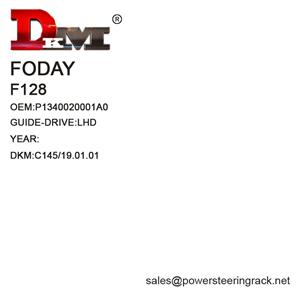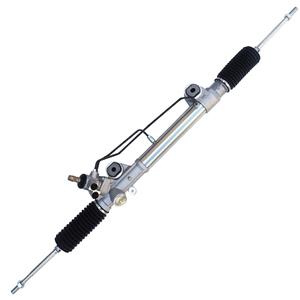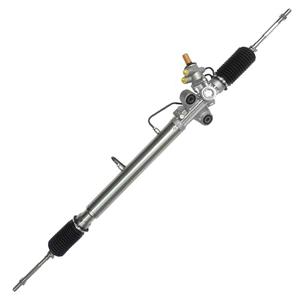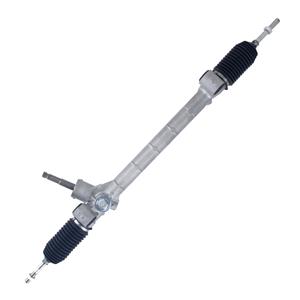Can a leaking steering rack be repaired?
In the steering system of a car, the steering rack is one of the key components, which directly affects the vehicle's handling performance and driving safety. However, with the passage of time and the accumulation of use, the steering rack may have problems such as wear and aging, among which leakage is one of the more common faults. Faced with a leaking steering rack, many car owners may have questions: Can a leaking steering rack be repaired? Do I need to replace the entire steering system?
This article will explore this issue in depth, analyzing the causes of leakage, the feasibility of repair, and countermeasures.
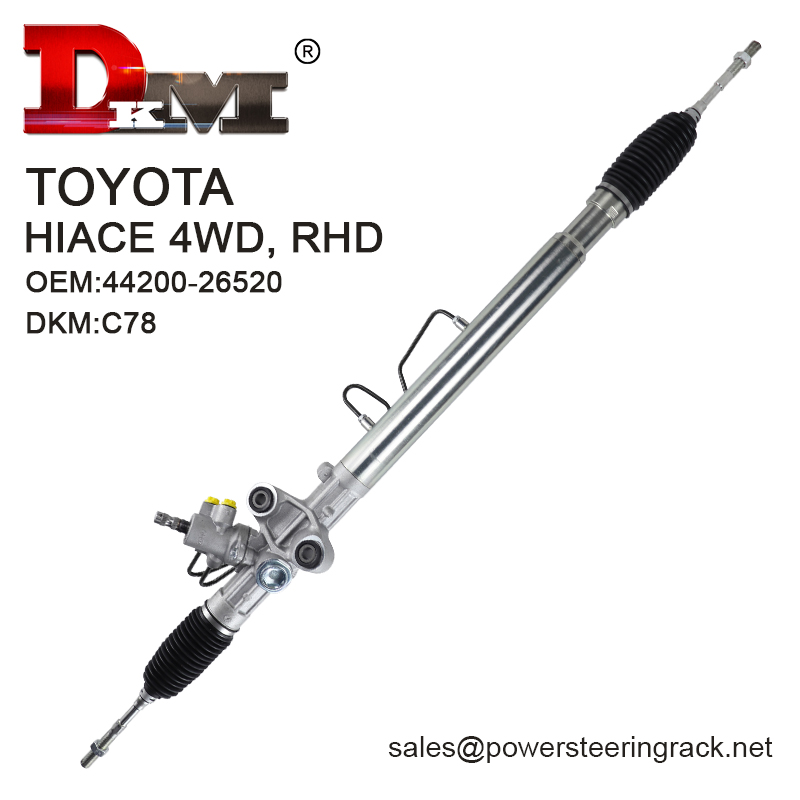
What are the common causes of steering rack leakage?
To understand whether a leaking steering rack can be repaired, you first need to clarify the common causes of leakage. The leakage problem of the steering rack is usually related to factors such as aging of seals, wear of components, or improper installation.
Aging or damage of seals
Seals are key components to prevent fluid leakage. The steering rack in a hydraulic steering system usually relies on multiple rubber seals to keep the hydraulic oil circulating in the system. Over time, the rubber seals will gradually age, lose elasticity and sealing, and eventually cause hydraulic oil leakage. Environmental factors such as high and low temperatures and humidity changes can accelerate the aging process of seals.
Wear of rack and pinion
During long-term use, the friction between the steering rack and the pinion can cause the rack surface to wear. Severe wear may cause dents or cracks on the rack surface, further damaging the sealing effect of the seal and causing hydraulic oil leakage. In addition, wear may also affect the accuracy of the system, making the steering operation unstable or sluggish.
Improper installation or loose parts
When installing the steering rack, improper installation or loose parts may cause the seal to not fit tightly, causing hydraulic oil leakage. In addition, if the connection between the steering rack and other components is loose or misaligned, it may also damage the sealing of the system and cause leakage problems.
External force damage
External impact or vehicle accidents may also cause damage to the steering rack, which in turn causes leakage problems. For example, a hard object hitting the bottom of the vehicle may cause the steering rack to deform or the seal to be damaged, thereby damaging the sealing of the hydraulic system.
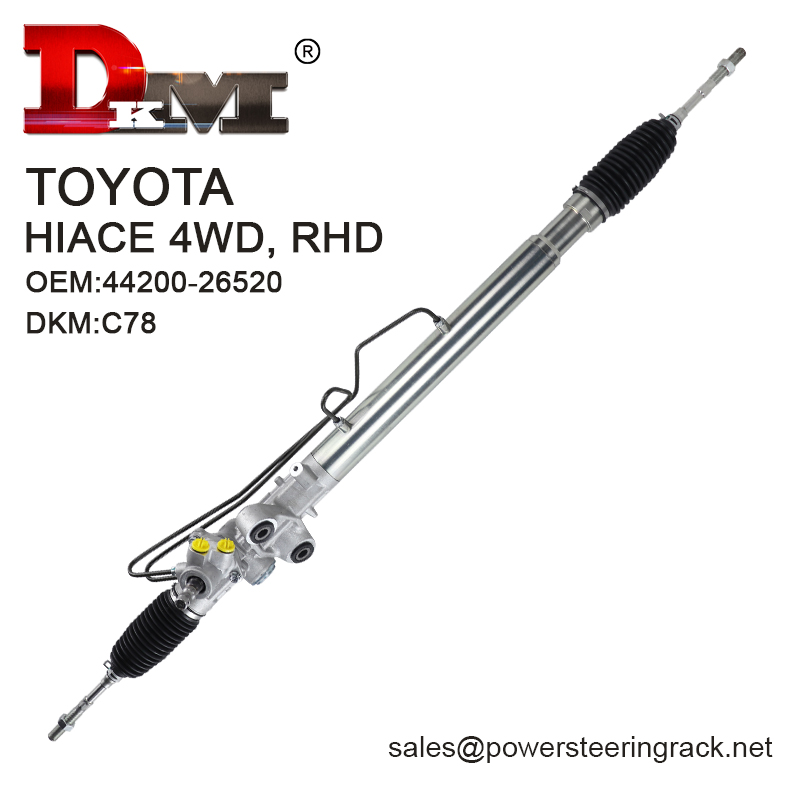
Can a leaking steering rack be repaired?
Whether a leaking steering rack can be repaired depends on the specific cause of the leak, the extent of the damage, and the overall condition of the rack. In some cases, repair is possible, but in other cases, the entire rack or steering system may need to be replaced. Here is an analysis of some common situations.
Leakage caused by aging of seals
If the leakage is caused by aging or damage of the seal, then the problem can usually be fixed by replacing the seal. Seals are consumable parts that are prone to aging, cracking or deformation after long-term use. Replacing new seals is relatively simple and low-cost, which can effectively solve the leakage problem.
However, it should be noted that the seal replacement process requires professional skills and special tools. If the replacement process is not properly handled, the new seal may not achieve the expected effect or even cause new problems. Therefore, it is recommended that the owner entrust professional maintenance personnel to replace the seal.
Leakage caused by wear of rack or pinion
If the leakage is caused by wear of the rack or pinion, then the difficulty of repair will be relatively large. The worn rack surface may cause the seal to fail to seal effectively, which in turn causes hydraulic oil leakage. In this case, simply replacing the seal may not completely solve the problem.
For minor wear, consider restoring the flatness of the rack surface by grinding or polishing it before replacing the seal. This method can extend the service life of the rack to a certain extent, but the effect depends on the severity of the wear. If the wear is too severe, the entire rack may need to be replaced.
Leakage caused by improper installation or loose parts
If the leakage is caused by improper installation or loose parts, the problem can be fixed by reinstalling or tightening the parts. When reinstalling, it is necessary to ensure that all parts fit tightly, especially the fit position of the seal with the rack and pinion. If the installation is not in place, the leakage problem may occur again.
Leakage caused by external force damage
If the leakage is caused by external impact or accident, the feasibility of repair depends on the specific location and extent of the damage. If the damaged area is limited to a certain area of the rack and the rack is not deformed as a whole, you can try to solve the problem by repairing or replacing the damaged parts. However, if the rack is severely deformed or broken, it is recommended to directly replace the entire rack to ensure the safety of the vehicle.
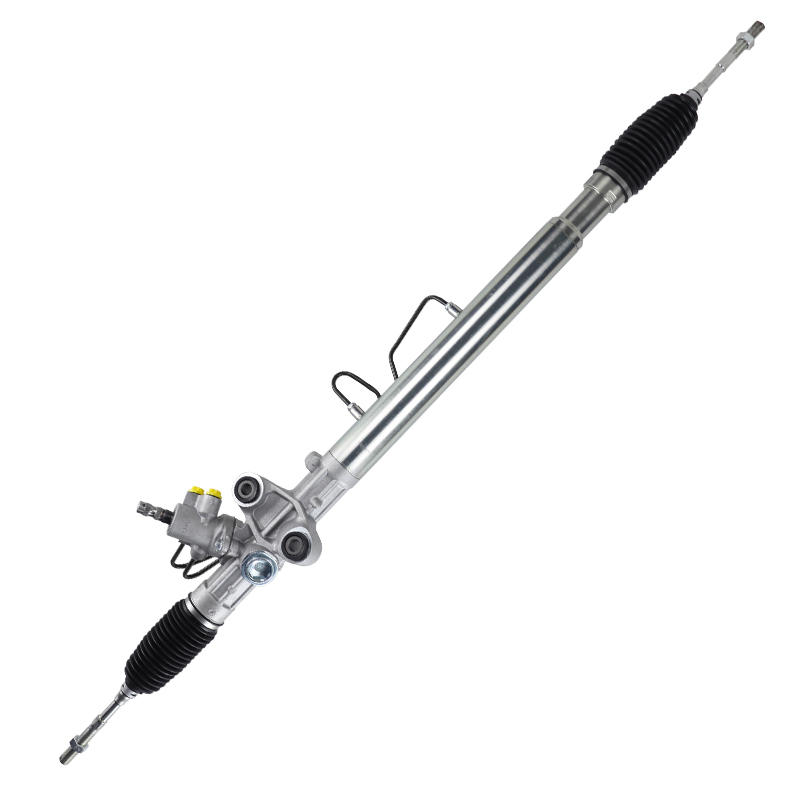
What is the repair method for a leaking steering rack?
The repair methods for steering racks are different for different reasons. Here are some common repair methods and steps.
Replace seals
If the leakage is caused by aging of the seals, the most direct repair method is to replace the seals. Here are the general steps for replacing seals:
● Remove the steering rack: First, you need to remove the steering rack from the vehicle. This step requires special tools and professional skills to avoid damage to other parts.
● Check the seals: After removing the seals, check their condition. If the seals are found to be aged, cracked or deformed, it can be determined that this is the cause of the leakage.
● Replace the seals: According to the model and specifications of the rack, select a suitable new seal for replacement. When installing the new seal, make sure it fits tightly with the rack and pinion to avoid new leakage problems caused by improper installation.
● Reinstall the steering rack: After replacing the seals, reinstall the steering rack on the vehicle and test it to ensure that the leakage problem is solved.
Repair rack wear
If the leakage is caused by rack surface wear, it can be repaired by the following methods:
● Grind or polish the rack surface: Use professional grinding or polishing tools to process the rack surface and restore its flatness. This can improve the contact surface between the seal and the rack and reduce the possibility of leakage.
● Apply sealant: After repairing the rack surface, you can apply an appropriate amount of sealant between the seal and the rack to further enhance the sealing effect.
● Replace seals: After processing the rack surface, you still need to replace new seals to ensure the repair effect.
Tighten loose parts
If the leakage is caused by improper installation or loose parts, the problem can be fixed by tightening the relevant parts:
● Check all connecting parts: First check whether the connection between the steering rack and other parts is tight, especially the installation position of the seal.
● Re-tighten or install parts: If you find loose or improperly installed parts, you can solve the problem by re-tightening or adjusting the position.
● Test the system: After tightening or reinstalling, perform a system test to ensure that the leak is resolved.
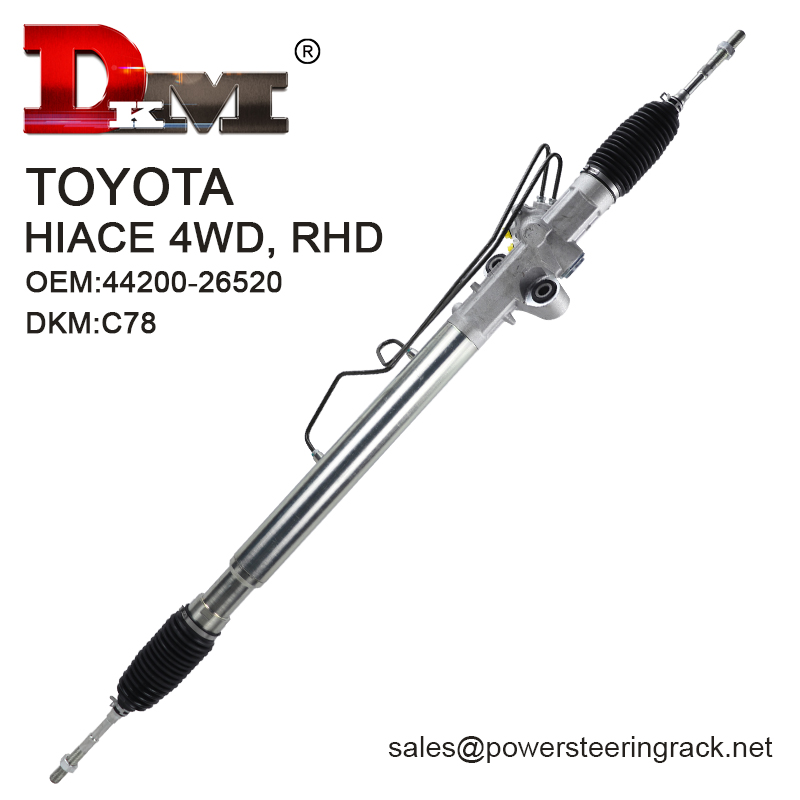
Is it necessary to replace the entire steering rack?
Although in some cases, a leaking steering rack can be repaired to solve the problem, in other cases, replacing the entire steering rack directly may be a more reliable option. Here are some situations where you should consider replacing the entire rack:
Severe wear
If the rack surface is severely worn and can no longer be repaired by grinding or polishing, then replacing the entire rack is a wiser choice. Severely worn racks will not only cause leaks, but may also affect the accuracy and stability of the steering system.
Deformed or broken racks
If the steering rack has been deformed or broken, it is difficult to repair it, and the effect after repair is difficult to guarantee. Therefore, in this case, it is recommended to replace the entire rack directly to ensure the normal operation of the steering system and driving safety.
Multiple repairs are ineffective
If the leakage problem is still not resolved after multiple repairs, it may indicate that the rack or other related components have irreparable damage. In this case, replacing the entire rack may be the only effective solution.

